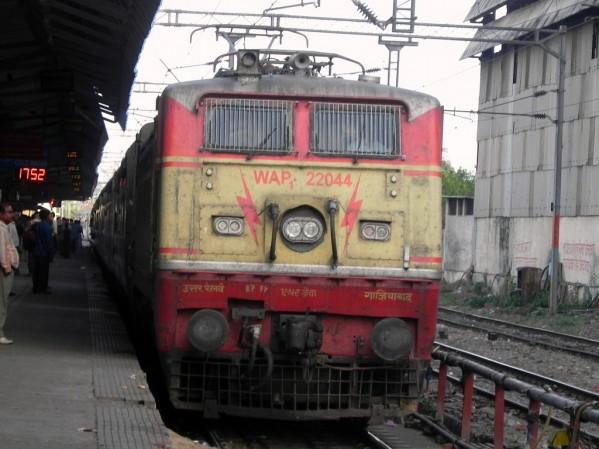Indian Railways ferries around 24 million passengers every day across India. Given the affordability factor and convenience of travelling long distances, trains are preferred by the masses. But what if some of these trains have a serious design flaw, one that could easily trick your muscle memory from travelling in trains regularly? It's a disaster waiting to happen.
What is the flaw?
As pointed out in a YouTube video as a "humble request to the Railway administration", an unidentified official accompanied by Railway security personnel is seen highlighting the risky design of the steps and handlebars in some of the Rani Kamlapati-New Delhi Shatabdi Express bogies.
![Rani Kamlapati Shatabdi Express bogies have serious flaw; could prove fatal Rani Kamlapati Shatabdi Express bogies have serious flaw; could prove fatal [details]](https://data1.ibtimes.co.in/en/full/776079/rani-kamlapati-shatabdi-express-bogies-have-serious-flaw-could-prove-fatal-details.jpg?h=450&l=50&t=40)
Rani Kamlapati covers the longest distance of all Shatabdi Express trains at 705 kms, with its stops in Bhopal, Lalitpur, Jhansi, Gwalior, Morena, Agra and Mathura. This is an extremely busy route, ferrying thousands of passengers daily. With the large footfall the train attracts, the risk of tripping and falling is just as much.
As demonstrated by the railway official in the video, the steps used to get on the train are not protruding even by an inch, which would allow passengers to get in easily. Instead, the steps are in the same line as the train's floor. This could prove fatal while trying to get down the train, as one would easily trip and fall on the platform or get the leg stuck between the train and the platform.

What's worse is that the same bogies that have these flawed steps do not have accessible handlebars for support. Instead, the handlebars are tucked inside the bogey in such a way that the passenger cannot hold it while getting up or down the train.
As it turns out, not all bogies in the Shatabdi Express trains have this design flaw, but only some of them. This makes it even more dangerous as a passenger might just assume it's the same step and handlebar, which could cause a misbalance.
The official in the video suggests the step be slightly outward and the handlebars are moved closer to the bogie's door to make it accessible. Going through the comments shows that this design flaw is also found in other Shatabdi Express trains operating on other routes.
We will update Indian Railway's response to this issue and update the copy accordingly.

















